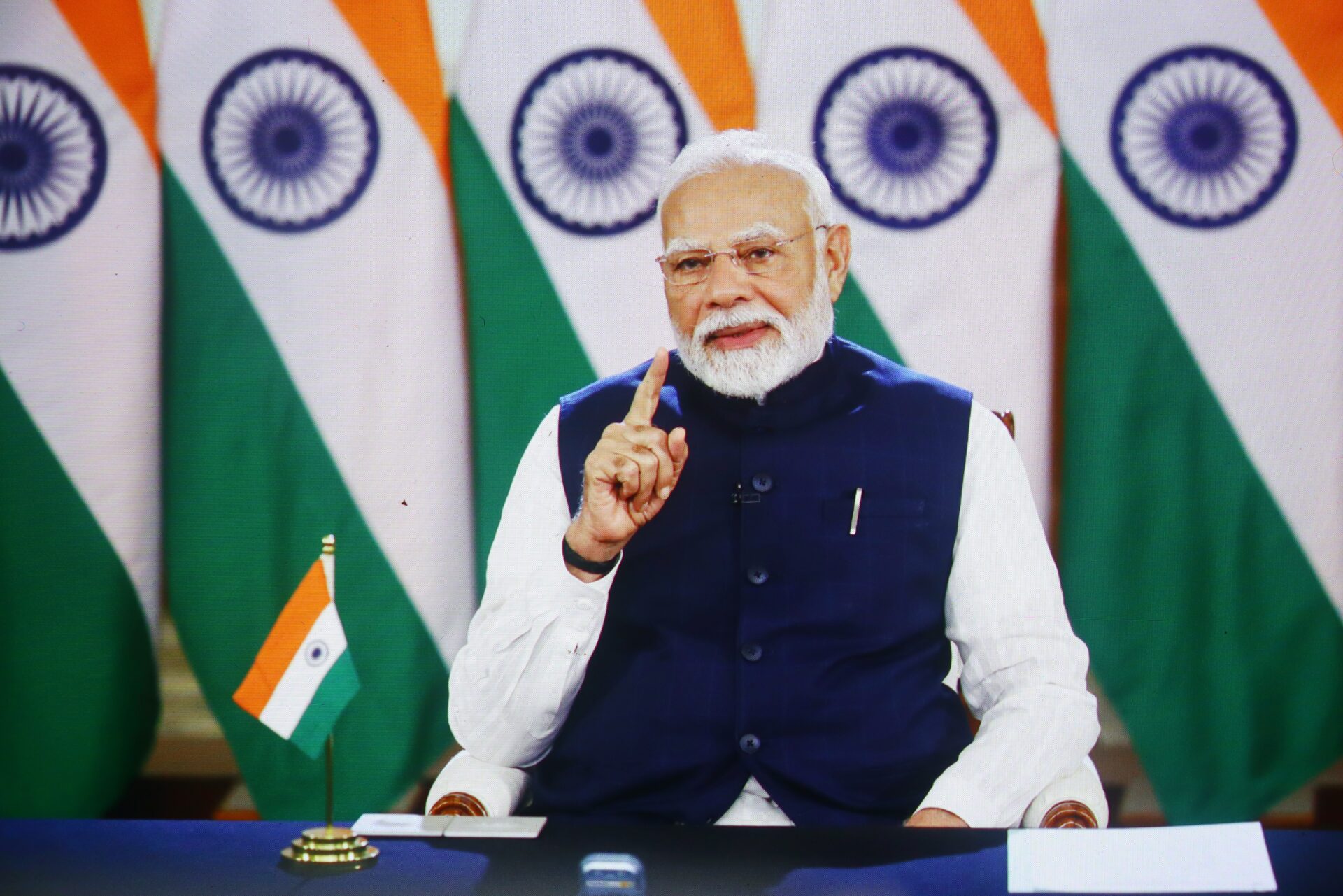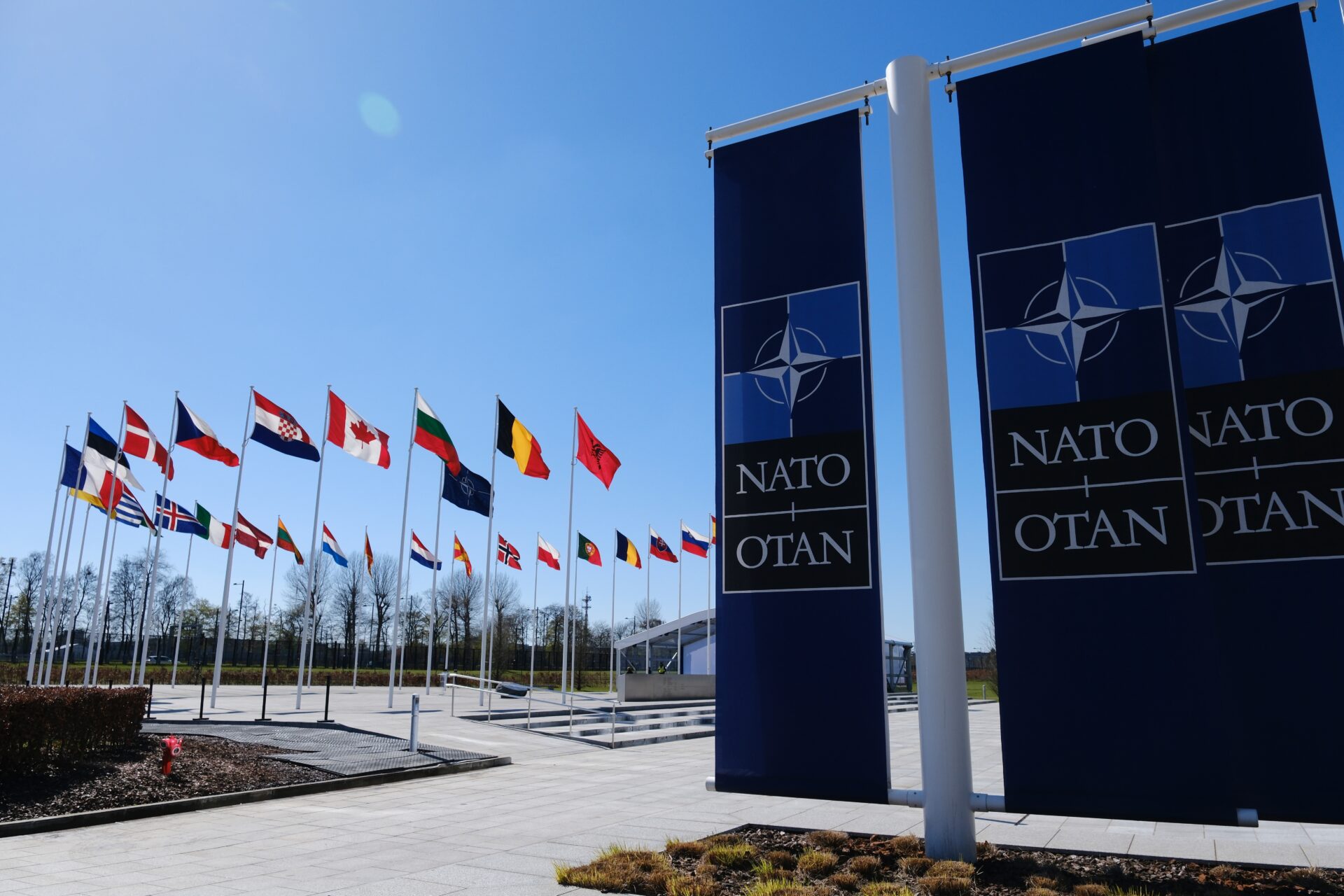
Trump TARIFF TSUNAMI Hits India!
President Donald Trump’s administration has doubled tariffs on Indian imports to 50 percent, escalating economic and diplomatic tensions between Washington and New Delhi.
At a Glance
- Tariffs on Indian goods increased from 25% to 50% as of August 27, 2025
- The move targets India’s continued purchases of Russian oil and arms
- Affected goods include textiles, jewelry, automobiles, and food items
- Exemptions cover pharmaceuticals, electronics, and shipments already in transit
- Indian officials are preparing export aid and market diversification measures
Washington Raises the Stakes
The Trump administration formally implemented its tariff hike against India on August 27, doubling duties on a broad spectrum of goods from 25 to 50 percent. The measure was framed as retaliation for India’s continued imports of discounted Russian oil and defense supplies despite U.S. sanctions pressure.
Watch now: US President Trump’s 50% tariff on India kicks in · BBC News
The new rate applies to key Indian export sectors, particularly textiles, gems and jewelry, food products, and automobiles. However, U.S. officials confirmed that critical pharmaceutical imports, certain electronics, and goods already in transit would be exempt.
India’s Response Strategy
Indian trade authorities have announced measures to cushion the blow, including financial assistance for small and medium exporters, tax incentives, and loan relief. Efforts are also underway to diversify markets, with Southeast Asia and Africa emerging as alternatives for displaced exports.
Despite these measures, industry groups warn that sectors reliant on the U.S. market—such as apparel and jewelry—could see steep revenue declines. Exporters fear that smaller firms, which make up a large share of India’s overseas trade, will struggle to absorb the higher tariff burden.
Strain on Strategic Ties
Beyond economics, the tariff escalation carries political weight. Washington’s move has been interpreted by Indian officials as a signal of deteriorating trust, particularly as both nations remain part of the Quad security grouping with Japan and Australia. Analysts caution that if the dispute continues, defense cooperation and broader strategic alignment may be compromised.
Some observers suggest that the tariff decision could encourage India to deepen economic and energy ties with alternative partners, including Russia and Middle Eastern suppliers. While this might soften the immediate blow to Indian trade, it risks widening the gap between New Delhi and Washington on key foreign policy priorities.
Sources
Reuters
Associated Press
Politico
The Guardian
Times of India


